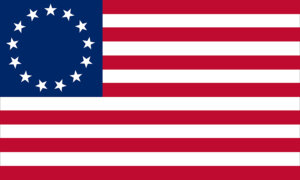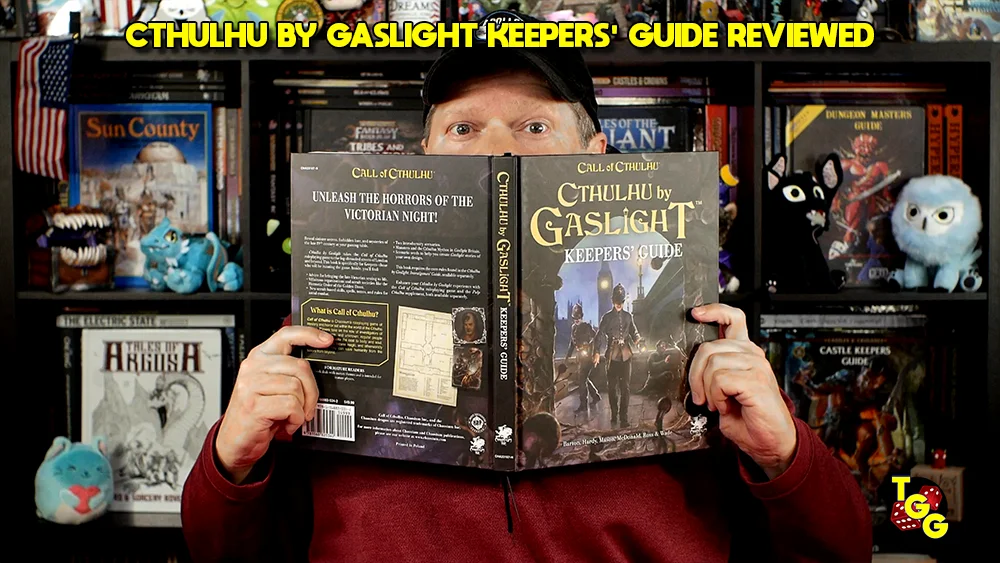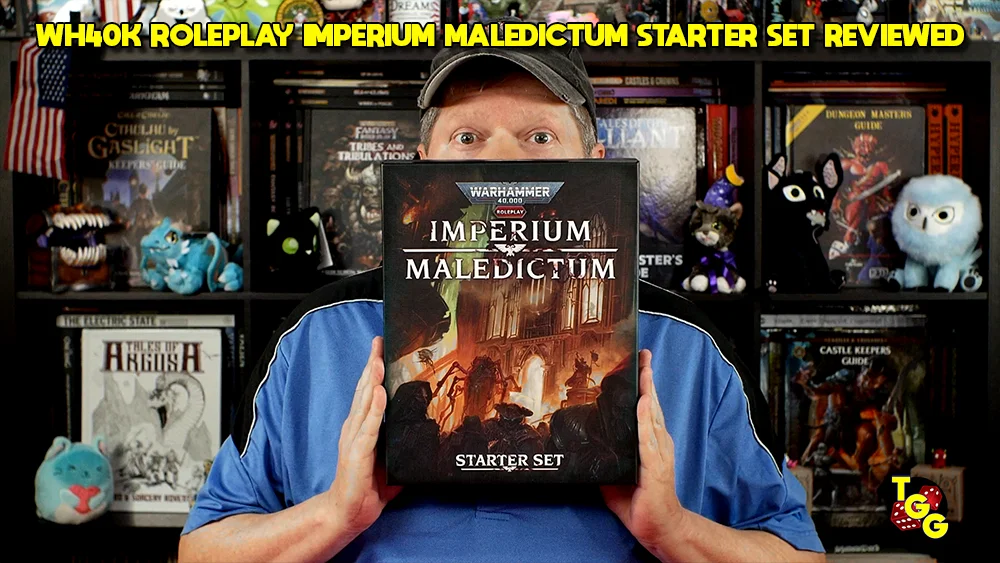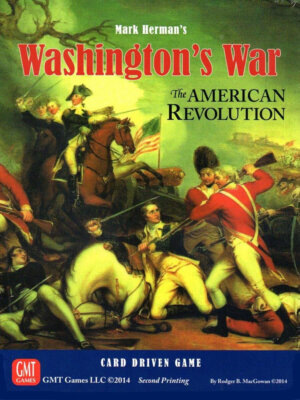
Publisher: GMT Games
Designer: Mark Herman
Artists: Charles Kibler, Harald Lieske, Rodger B. MacGowan, Mark Simonitch, and John Trumbull
Genre: Card driven wargame of the American Revolution
Year: 2010
Players: 2
Ages: 12+
Playing time: 90 minutes or more
MSRP: $65.00
I’ll begin my review by pointing out that I don’t believe I’ve ever played Mark Herman’s We the People, the granddaddy of all card driven wargames. I know you’re saying to yourself I should turn in my grognard’s stripes right now! Hold on a minute Babalouie! Now I can’t say I never played it (and I certainly know I didn’t own it) but it certainly didn’t ring any bells within my gaming memory. That being said it might be for the best that I approached the redesign without having a preexisting opinion of the original because it allows me to take Washington’s War completely at face value.
As I opened the box the first thing I noticed was the map itself is massive with every section including some useful information, neatly presented, right in front of your eyes. The included cards are very nice, while the rule book and play book are presented in the usual high quality we’ve come to expect from our friends at GMT. In fact they also happen to be in color! I always enjoy the additional info that tends to be included in the play book and this time around you get player’s notes by game developer Joel Toppen, design notes written by Mark Herman, and an excellent example of play running two turns. Obviously, production values shine through with plenty of good stuff right out of the box!
Glitz isn’t everything though and a lot of dreck is put out there that looks like a dazzling new Cadillac while running like a beaten down Pinto on blocks. So how does Washington’s War play? Let’s first start with the rulebook.
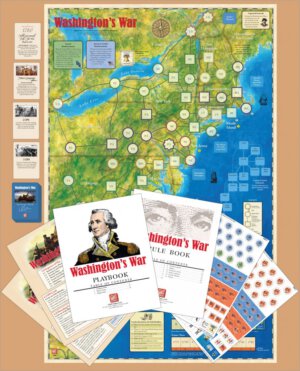
Many a game is undermined by poor rules presentation. I’ve seen plenty of Euros fall flat because the rules are underdeveloped – simply because you can’t possibly have fifteen pages of rules in a Eurogame! The flipside is an Ameristyle game that goes into so much mind numbing detail that even the most obscure situation, that might arise once every hundred plays, has five pages devoted to it! I’ll point out that if I can’t get my head around at least most of the rules after one or two reads with a healthy dose of rummaging through components that game is going to be trouble. Rest assured that Washington’s War walks the fine line of keeping the information logically flowing, as far as rules of play, while never wearing out its welcome due to an unmanageable length. Plenty of examples of play are given and I did mention that nifty two turn run through in the play book didn’t I?
Set up is straight forward and takes a few minutes and even the first time through it wasn’t very time consuming. Your first couple of games might creep over two hours but I can easily see having a game played to completion within the advertised 90 minute time frame once you have the rules under your belt.
Rather than getting bogged down with a complete rehash of the rules (which can be downloaded direct from GMT at no cost) let’s take a more high level look at the playing experience of Washington’s War. The game is another in the fine line of card driven wargames with which GMT has a sterling reputation publishing. For those unfamiliar with the concept of a CDG I’ll put it simply enough that much of the action takes place based on the cards a player has in their hand and draws from the strategy deck. There is a great degree of tension and anticipation with CDGs that is very difficult to duplicate in a traditional I go/you go sort of game.
Washington’s War is card driven in many ways, although less so than say Twilight Struggle, and battles are quickly resolved by adding up various die roll modifiers and each player rolling a single six sided die. The high roll is the victor and the difference between the two determines the result of the battle. I do mention the cards don’t feel as if they drive the action as much as in a game of TS simply because many of the cards are used only as operations points and not as events. Operation points can be used to buy reinforcements, move a general and/or his army, or expand your political control. The cards in Twilight Struggle (and many other CDGs) are all event cards which can also be used for OPs. Some might complain that there aren’t enough events taking place in Washington’s War but you have to remember that each turn in this game is a year in length as opposed to five year blocks in TS; if there were more events included many historical happenings would be taking place too frequently or much earlier than would be realistic. That’s not to say that there aren’t still plenty of historical events though!
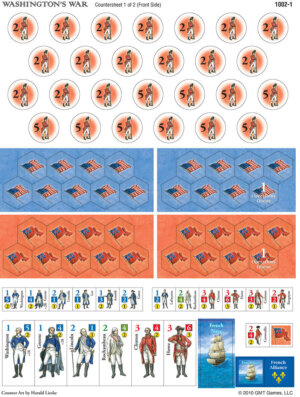
Don’t expect the game to be simply a slugfest between the redcoats and the rebels. Of course there will be campaigns to wage but designer Herman consciously created a game where the political struggle is as important (if not more so) as what takes place on the battlefield. The American Revolution in many ways was a “hearts and minds” conflict; each side must devote resources toward obtaining, and keeping, political control throughout the thirteen colonies and Canada. This is done by location of armies as well as spending OPs for political control markers to be placed around the map. Political control is a tug of war (the colonies will flip flop from side to side quite often) and it’s easy to end a poorly planned turn finding you’ve left some of your hard earned PC markers isolated – thus removing them from the board. Keep in mind that victory is determined by political control so you’ll need to split your focus between addressing what your opponent’s armies are doing and manipulating political control. It is this balancing act that really adds a lot to the experience of playing Washington’s War.
Another nice feature of the design is each side has distinct strengths and weaknesses so His Majesty’s forces play much differently than the rebellious American colonists. Understanding what plays in your favor, while working to take advantage of your opponent’s shortcomings, will go a long way to victory. Let’s look at some of the advantages of each combatant:
The Waves Belong to His Majesty – The British control the seas (at least until French intervention) and this gives them incredible mobility along the coast. All ports are considered adjacent for the British so armies of redcoats can easily traverse long distances between ports, by the play of a Campaign Event card, to land practically anywhere they’d like as long as the destination isn’t garrisoned. This can be devastating to the Americans as it’s impossible to garrison all of the colonial ports.
Political control of ports is very easy for the British since all ports are considered adjacent. PC markers can be placed in un-garrisoned neutral ports as long as there is one British controlled port and American control can be removed by discarding any event card.
British armies also receive a +1 die roll modifier regardless if they’re attacking or defending an un-blockaded port, or friendly fort, due to the presence of the Royal Navy.
Experience Counts – The British Army is composed of regulars (as opposed to the militia based American forces) so until they suffer heavy casualties in a defeat, or the Von Steuben Event is played, they receive a +1 DRM. This can easily turn the tide of battle during the early years of the war.
Knock, Knock – Several times during the game the British receive large numbers of reinforcements. This can lead to a concentration of troops suddenly appearing in a friendly or neutral port which is sure to bring rain clouds to any pending American Independence Day parades.
We Brought Our Snow Shoes – When winter falls the British may enter Winter Quarters allowing them to avoid the massive attrition which strikes as the temperature plummets. American armies melt away this time of year (with the exception of Washington’s army) while the British are able to maintain their numbers in the colonies.
I’ve Read Your Book! – Although there are fewer of them (as opposed to the Americans) British generals are at least equal, and normally superior in battle, to any American or French leaders. Of course, the redcoats are shackled with Johnny Burgoyne though.
Feet Get a Movin’ – In the majority of situations, American armies can move rapidly overland; they can move five spaces rather than the usual four. A special Event Card even allows for an army to move six spaces and engage in battle! The Americans can outmaneuver the British and this allows for quick counters, especially to unexpected naval landings.
Who Needs War College? – The Americans have seven generals (eight if France intervenes) to the British five. This allows the colonists to field more, although smaller, armies that can be used to great effect keeping the British off balance before setting them up for a knockout punch. American generals are also activated at a lower OP cost than their counterparts thus allowing more valuable Event Cards to be spent on other actions.
Oh No You Don’t – American armies can intercept British armies on the move. This is something the British can’t do. Even if the Americans lose the battle, their opponent is stopped dead in their tracks.
Slipperier than a Greased Pig – American armies can retreat before battle as long as they did not intercept. Washington and Nathaniel Greene are especially skilled at this. If the Americans are successful in their retreat the British army may not pursue them or continue movement. This means that the British always have to worry about the Americans slipping out of their grasp. Pinning down an American army and destroying it is a difficult proposition. The American player must use every advantage in maneuver to make His Majesty’s forces chase shadows.
Viva le France! – The French can be a most useful ally and the Americans must look to enter an alliance as early as possible. Once the French enter the fray the entire complexion of the game will change because the British naval advantage now goes right out the window. Add in the fact that France sends along a very capable general and army that, if remaining separate from American troops, can enter into Winter Quarters (avoiding attrition) and continue to be a real thorn in the British side.
It’s a Numbers Game – The American player never runs out of reinforcements and is able to play two cards each turn to bring more troops into the action. Of course, each Winter Attrition phase plays havoc on the American armies but these numbers can be eventually replaced. The British have a limited number of troops that come into play and, if the war wears on, the Americans can use their reinforcement advantage to whittle away their opponent.
The Last Laugh – Unless the British player wishes to begin the turn with a Campaign Event card the American player determines who will go first. Having the last move is a huge advantage because, even though the first player has the initiative, the second player will be able to make a play that cannot be countered. PC markers can be isolated rather easily at the end of a turn thus creating a massive swing in the game.
There’s loads to love about the game but before you get the impression that we’re on our way to a perfect score I do want to mention some of the issues, minor though they may be, I have with the design. First, and this might have just been myself, but it seems that you’re constantly shuffling the strategy deck. To me it seemed as if every time I turned around I had to reshuffle because of the number of Event Cards that indicate having to do so after the card has been played. Having to shuffle a deck of 110 or so cards every few minutes is a bit like randomness overkill.
Since we’re on the topic of the cards themselves, I did mention that some people will be disappointed that fewer than half are events while the rest are simply OP cards valued at one, two, or three. You’ll find from time to time turns in which your entire hand is made up simply of OP cards and to me that makes for a rather lackluster turn – not much by way of contemplating strategy or timing my moves since I’m just burning OPs anyway. If there was a concern of the frequency or timing of events then a similar approach as found in Twilight Struggle should have been used; early, mid and late war cards to be added to the overall strategy deck as the game progresses. I’m certain there should have been plenty of relatively minor events that could have been included even if their effect was only to flip or remove a PC marker, add a DRM, or as a counter response to an opponent’s card play. 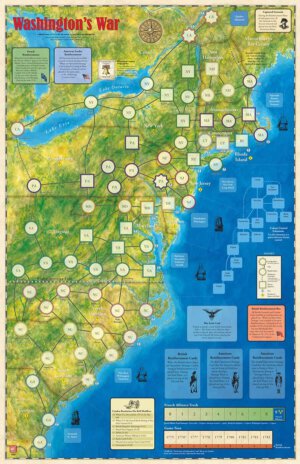
My last criticism of the cards is the complete lack of any sort of flavor text. Granted the images used on the cards are great but alongside the title of the card and its effects that’s what you get. Certainly The Declaration of Independence card needs no explanation but there are many cards devoted to people and events which the average gamer will have no knowledge of – even someone with a fair understanding of the American Revolution will scratch their head more times than not. Possibly a bit smaller fonts could have been used on the cards to allow for a sentence or two of flavor text.
Finally, I have an issue with how the battle ratings of the generals work. Alright not the ratings themselves but how they are implemented. You see, regardless of the quality of the general, a die is rolled prior to the battle to see if that general performs as advertised. You have a fifty percent chance that he will and a fifty percent chance that he will perform at half of his rating (rounded down). I understand the concept that a general can have an off day, or week, ala Napoleon at Waterloo or Lee at Gettysburg but the chances are just too great that with a series of poor rolls the future first president of the United States will spend the war performing less like George Washington and more like Washington Irving on the battlefield. I know that many times British generals made the worst decisions possible but I don’t know why both sides make a roll, other than this is possibly a tacked on rule for game balance. This isn’t a major deal breaker because you can easily address the issue with a mutually agreed upon house rule; maybe a one in six chance of your general having a brain freeze moment.
All in all none of these concerns are going to prevent you from enjoying Washington’s War but I did want to mention them all the same.
By this point I’m sure you’ve correctly come to the conclusion that Washington’s War is an excellent game where the tide turns at any moment and the tension remains high throughout. I can honestly say both the Americans and British have the opportunity to win the war with a competent player at the helm and once you finish playing as one side you’ll be chomping at the bit to see how the other half lives. In the end, Mark Herman has done wonders with his reimagining of We the People and GMT has once again released a high quality addition to your collection regardless if you’re an old school grognard or new to the genre looking for an introduction to wargaming!



